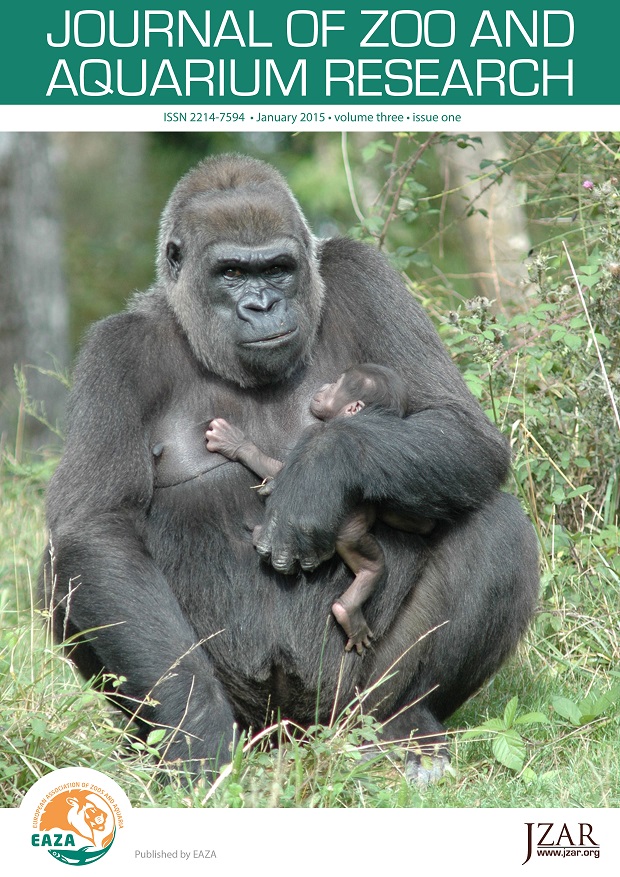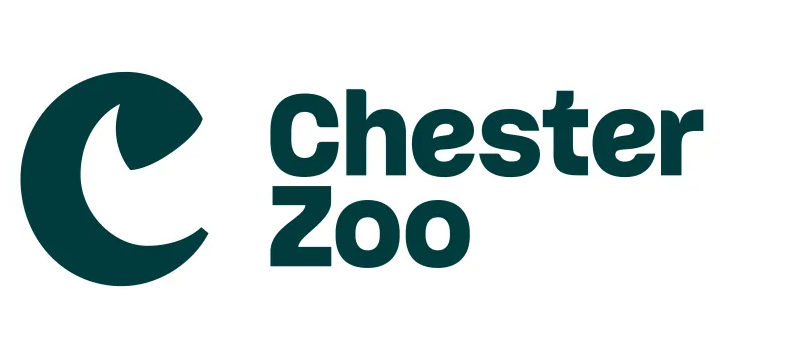A simple molecular protocol for the identification of hybrid Western Atlantic seahorses, Hippocampus erectus × H. reidi, and potential consequences of hybrids for conservation
DOI:
https://doi.org/10.19227/jzar.v3i1.98Abstract
Seahorses hold an iconic status and are popular exhibits in zoos and public aquaria, where they are often on display in multi-species systems. Two of the more popularly kept species are the lined seahorse, Hippocampus erectus, and the longsnout seahorse, H. reidi. These two species are from different evolutionary subclades, but can produce viable hybrid F1 offspring, therefore species segregation should be maintained for seahorse conservation breeding programmes. Hybrid H. erectus ? × H. reidi ? F1 offspring exhibit higher median meristic counts for various traits, although large ranges in counts make it difficult to identify hybrids by meristics alone. A molecular protocol was developed to identify both the parent species and the reciprocal hybrids using polymerase chain reaction restriction-fragment length polymorphism (PCR-RFLP). The PCR-RFLP protocol employed the use of the BsrBI and Ms1I restriction enzymes at the Tmo-4c4 and S7 loci, respectively. The developed protocol was effective at discerning hybrids (F1) from the parent species and identifying some post-F1 H. erectus × H. reidi hybrids, but not the direction of the cross. Although captive-bred hybrids may be considered to pose a threat to wild populations if released, there are many benefits to producing captive hybrid seahorses, including improved aquaculture techniques that can curb the wild collection of seahorses.
Downloads
Published
How to Cite
Issue
Section
License
JZAR fulfils the DOAJ definition of open access and provides free and open access to the full text of all content without delay under a Creative Commons licence. The copyright holder of JZAR publications grants usage rights to third parties, allowing for immediate free access to the work and permitting any user to read, download, copy, distribute, print, search, or link to the full texts of articles.







